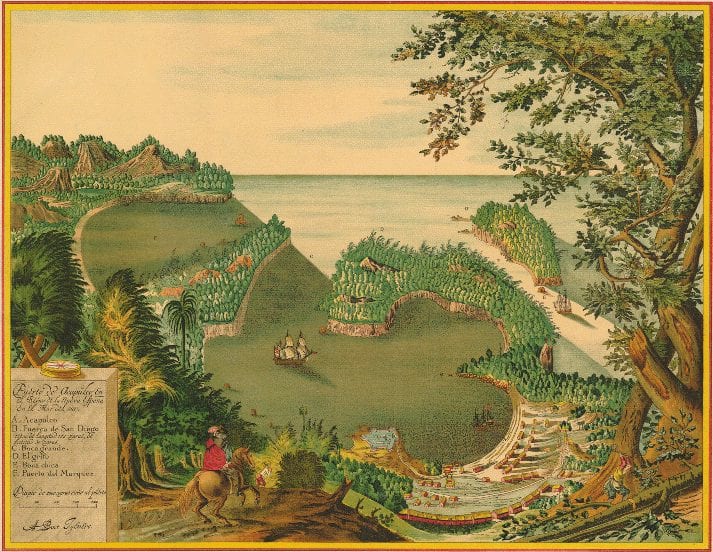
Faith in the Particular
May 11, 2020
This essay is part of a series in which Seattle Arts & Lectures partners with Poetry Northwest to present reflections on visiting writers from SAL’s Poetry Series. At 7:30 p.m. on Friday, May 15, Rick Barot give a virtual reading on lectures.org to celebrate the launch of The Galleons, followed by a 30-minute conversation with Jane Wong which will be free and open to the public.
By Jane Wong
How can we write with and through the elegy? Rick Barot’s fourth collection of poetry, The Galleons (Milkweed Editions, 2020), considers poetry as a means of human connection—a way to recover lost fragments, to hold the warm palm of past and present encounters. In “Ode to Interruptions,” the final poem in the collection, Barot writes: “I used to think that to write poems, to make art, / meant trying to transcend the prosaic elements // of the self, to arrive at some essential plane, where / poems were supposed to succeed. I was wrong.” Building on his previous book Chord (winner of the PEN/Open Book Award), The Galleons continues to challenge assumptions of what poetry is supposed to accomplish. The book does not seek epiphany; instead, it “peels at a corner / of wallpaper and sees more wallpaper underneath.” In thinking about elegiac layers, this book reverberates with the spectral thread of personal and collective history. Opening up “the marrow of geography,” The Galleons is Barot’s most vulnerable and lyrically stunning book to date.
The cover of The Galleons features an art piece by Isabel and Alfredo Aquilizan—a team of two Filipino Australian artists. Here, a galleon is intricately fashioned with cardboard—calling forth experiences of migration, displacement, colonialism, and capitalism. Created from the cardboard of shipped items, their installation makes history that is often forgotten and/or silenced tangibly felt. The Galleons is similarly experienced on a lyrical, syntactical, and sensory scale. Throughout, the book unveils the layered aftermath of colonialism and capitalist excess—tied intimately with Barot’s familial migration from the Philippines to the U.S. The book’s title series features the names of ships leaving from the Philippines between 1564 and 1815, as well as what is hauntingly carried in these ships. He writes: “slaves that were called indios / or chinos, nails, tools, iron hoops, fireworks, opals—elegy?”
The massive scale of imperialism is closely tied to Barot’s lineage of migration, grief, and resilience. The book, in part, is an elegy for Barot’s grandmother, who lived until she was 92 years old. “The Galleons 5” interweaves archival recordings with his grandmother and his own narrative. While this poem entangles the past and the present, he purposefully uses direct quotes in his grandmother’s voice: “We didn’t want to be noticed, so we put charcoal on our faces. / I listen to the hours of tape, of the two of us at the dining table. // All the girls, looking like dirt. / My father was always drinking / Questions about the town, her parents, the names of people . . .” The poem can be read in multiple ways, opening up like a kaleidoscope of the heart. Lines like “I listen to her with my skin and my eyes” suggest the visceral, synesthetic experience of lineage. Indeed, what does it mean to listen beyond one’s ears? As in “The Galleons 5,” many of the poems in the book move as a journey, leading us somewhere we might not intend to go. Grief and love, as Barot reminds us, pours forth in surprising and numinous ways. In“The Galleons 1,” he writes: “Her story is part of something larger, it is a part / of history. No, her story is an illumination // of history, a matchstick lit in the black seam of time.” Certainty pivots elsewhere.